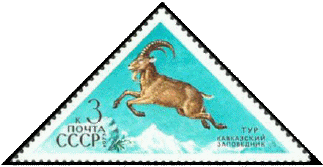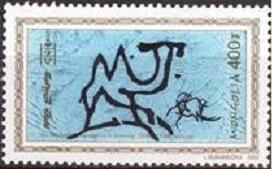

The Uvs Nuur basin is located in the Republic of Tuva in Central Asia The site is made up of twelve protected areas representing the major biomes of eastern Eurasia. The steppe ecosystem supports a rich diversity of birds and the desert is home to a number of rare gerbil, jerboas and the marbled polecat. The mountains are also an important refuge for the endangered snow leopard, mountain sheep (argali), and the Asiatic ibex.
The site includes numerous archaeological remains dating back to the 6th century. It also includes Kharkhorum, the 13th and 14th century capital of Chinggis (Genghis) Khan's Empire.

The numerous rock carvings and funerary monuments found in these three sites illustrate the development of culture in Mongolia over a period of 12,000 years. The earliest images reflect a time (11,000 - 6,000 BC) when the area was partly forested and the valley provided a habitat for hunters of large game. Later images show the transition to herding as the dominant way of life. The most recent images show the transition to a horse-dependent nomadic lifestyle during the early 1st millennium BC, the Scythian period and the later Turkic period (7th and 8th centuries AD).
Burkhan Khaldun is associated with the worship of sacred mountains, rivers and ovoo-s (shamanic rock cairns), in which ceremonies have been shaped by a fusion of ancient shamanic and Buddhist practices. The site is also believed to be the place of Genghis Khan's birth and burial.
Shared between Mongolia and the Russian Federation, this site is an outstanding example of the Daurian Steppe eco-region, which extends from eastern Mongolia into Russian Siberia and north-eastern China. Cyclical climate changes, with distinct dry and wet periods lead to a wide diversity of species and include habitats for rare species, such as the White-Naped crane and the Great bustard, as well as millions of vulnerable, endangered or threatened migratory birds. It is also a critical site on the migration path for the Mongolian gazelle.
Located on the slopes of the Khangai Ridge in central Mongolia, deer stones are the most important surviving structures belonging to the culture of Eurasian Bronze Age nomads that evolved and then slowly disappeared between the 2nd and 1st millennia BCE. They stand up to 4m tall and are covered with highly stylized engravings of stags.
Lynn Salmon <>{
Last Updated: September 17, 2023